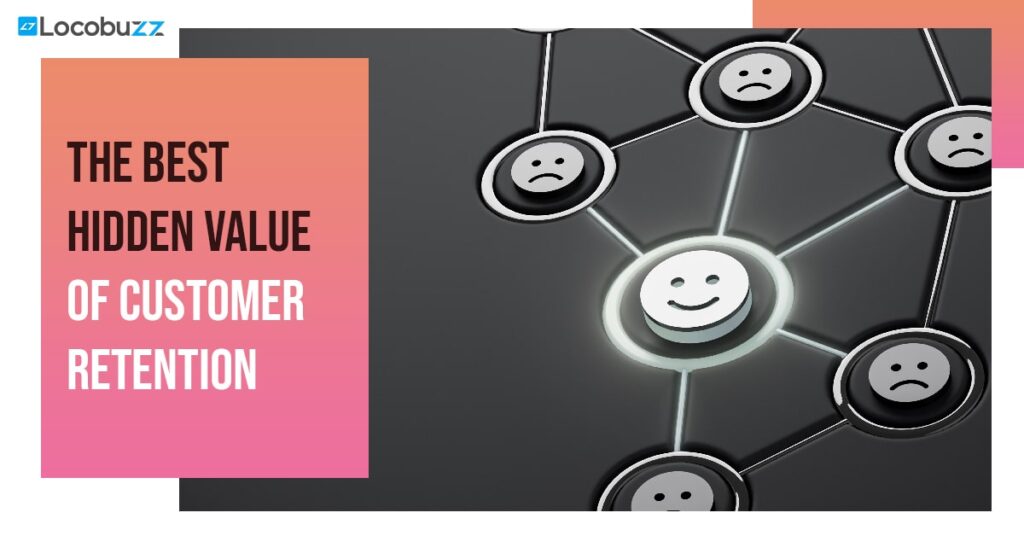Best Customer Retention Guide to Add Business Value
What is Customer Retention? Customer retention simply means keeping customers happy and loyal to a business. It’s about building good relationships with customers so that they keep coming back, and even recommend the business to others. This is important because it can lead to more sales, increased revenue, and positive word-of-mouth. So building a strong customer retention strategy can lead to increased revenue and positive word-of-mouth. When should businesses prioritize customer retention? The answer is simple: Always! Customer retention should be a top priority for businesses of all sizes and across all industries. By prioritizing customer retention, businesses can build strong relationships with their customers, deliver exceptional customer service, and continuously improve their products and services. What are the benefits of a Strong Customer Retention Strategy? Retaining customers can increase revenue by generating repeat business and reducing customer acquisition costs. Loyal customers are more likely to stick with a brand even when competitors offer lower prices or better deals. Satisfied customers are more likely to recommend the brand to others, generating positive word-of-mouth and attracting new customers. So how can you calculate customer retention One way is to calculate your customer retention rate, which measures the percentage of customers that stay with your business over a specific period. To calculate your customer retention rate (CRR), use the following simple formula, which takes into account the customers you have at the beginning (S), end (E), and customers acquired during the measurement period (N). It appears as follows: ((E-N)/S) x 100 = CRR. To improve customer retention, there are several strategies that companies can adopt. Providing exceptional customer service, personalized experiences, and continuous improvement of products/services are all effective methods. Building strong relationships with customers, delivering on promises, and providing a seamless and convenient customer experience can also lead to higher retention rates. Customer retention should be a priority for businesses at all stages, but it becomes even more critical during times of economic uncertainty or when the competition is fierce. It is important to retain existing customers to ensure a stable revenue stream and to keep them from being lured away by competitors. What are some Customer retention strategies that will help businesses? When you are looking to excel in your business and retain customers at a better lever it is important to have some strategies to implement. These strategies will be a great help when you are looking forward to retain your customers. Here are some of the strategies that you can implement and it can be a great help when you are looking forward to implementing strategies for customer retention. Follow these below pointers and see how it creates a positive impact on your business. By offering an Exceptional Customer Service. When you provide exceptional customer service you can create a positive experience and increase customer loyalty. Giving Personalized Experiences. Offering personalized experiences can make your customers feel valued and create a sense of loyalty. Providing value through products or services can create a loyal customer base that is willing to pay for premium offerings. Building strong relationships with customers through regular communication and engagement can create a sense of loyalty. Continuous Improvement of your Products/Services. Continuously improving products or services can ensure that customers remain satisfied and loyal. Delivering on promises made to your customers can build trust and create a sense of loyalty. Providing a seamless and convenient customer experience can create a positive impression and increase customer loyalty. Implementing a Customer Retention Strategy Implementing a customer retention strategy is crucial for businesses that want to succeed in the long term. By following these steps, businesses can develop a customer retention strategy that is tailored to their unique needs and goals. It’s important to remember that customer retention is an ongoing process that requires constant effort and attention. Identify your key customers: The first step to implementing a customer retention strategy is to identify your most valuable customers. This can be done by analyzing data such as their purchase history, demographics, and behavior. Define your retention goals: Once you’ve identified your key customers, you need to define your retention goals. This could include increasing customer loyalty, reducing customer churn, or increasing customer lifetime value. Develop a personalized approach: A one-size-fits-all approach won’t work when it comes to retaining customers. Instead, businesses need to develop a personalized approach that takes into account the unique needs and preferences of each customer. Offer rewards and incentives: Rewards and incentives are a great way to retain customers. These could include loyalty programs, exclusive discounts, or free gifts with purchase. Provide exceptional customer service: Exceptional customer service is a crucial component of any customer retention strategy. Businesses need to ensure that their customers are satisfied and their needs are being met. Collect customer feedback: Finally, businesses need to collect feedback from their customers to understand their needs and preferences. This feedback can be used to improve the customer experience and develop better retention strategies. Customer Retention vs. Customer Acquisition Customer acquisition is still an important part of business growth, customer retention should be a top priority for businesses. By focusing on retaining existing customers, businesses can reduce costs, increase revenue, and build a loyal customer base that will continue to drive growth over the long term. Cost: Customer acquisition is typically more expensive than customer retention. According to a study by Bain & Company, it costs five to 25 times more to acquire a new customer than to retain an existing one. Revenue: Existing customers are more likely to make repeat purchases and spend more money than new customers. In fact, the same study found that increasing customer retention rates by just 5% can increase profits by 25% to 95%. Loyalty: Retained customers are more likely to become loyal advocates for your brand and recommend your products or services to others. According to a study by Nielsen, 92% of consumers trust recommendations from friends and family, while only 33% trust online ads. Feedback: Retained customers are more likely to provide valuable
Best Customer Retention Guide to Add Business Value Read More »
 Skip to content
Skip to content









